What were the 10 best and most significant snowmobiles EVER built? We’re sure this could touch off a health debate nowadays among modern sledheads, who could argue about the significance of the XLT, ZR, REV chassis and Sidewinder, among others, and how they fit in the historical perspective of the sport.
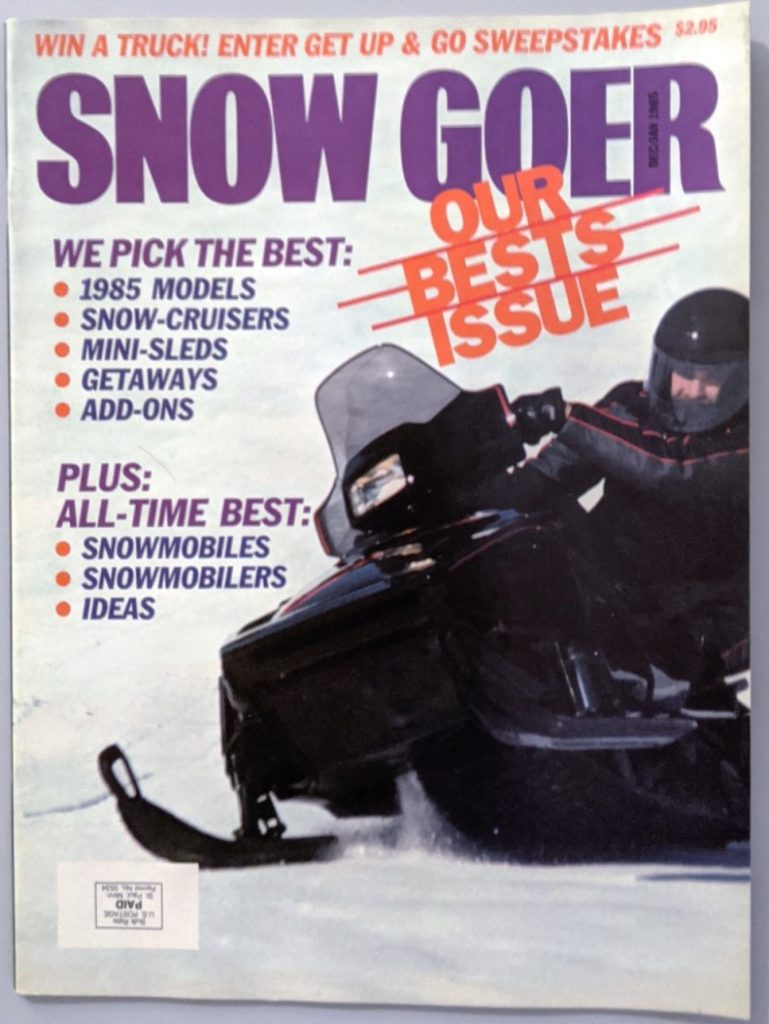
But, what if you asked the same question in the fall of 1984, when Ronald Reagan was the President, Purple Rain was on the radio, Gremlins was a top movie and the Chevy Cavalier (believe it or not!) was the best selling car in America? Well, that question was answered — sort of — in what turned out to be the last issue of Snow Goer of that era.
The staff didn’t know it when they were writing the article, but the December 1984/January 1985 issue of Snow Goer would be its last in that iteration, as Webb Publishing sold Snow Goer (and Snow Week) to John Ehlert — owner of competitor Snowmobile Magazine — as that issue was headed to the printer. Ehlert folded Snow Goer with Snowmobile Magazine for the next five years before relaunching Snow Goer in its current iteration in 1990.
Below is the resulting article — penned by Bill Monn. You can buy your own hard-copy of this magazine through the SnowGoerStore website — we’ve got eight copies left for sale, as of this writing.
Enjoy the article. We know, some of the picks are debatable, but they always is when trying to put together a list like this. And, considering when it was written, it’s a fabulous “moment-in-time” sort of look at the sport, through the eyes of the experts of that era. (The less-than-ideal photos were scanned from the original issue to maintain the authenticity of the original article.)
Snow Goer’s 10 Best Sleds (Of Their Time)
If you want to start an argument with a diehard snowmobiler, just open the discussion by listing THE 10 best sleds ever built. Any time you sit down and try to name the 10 best of anything, you are opening yourself up to a lot of second-guessing. We know that. And we also know that one of the best things about snowmobilers is that they are a spirted, independent and opinionated group.
The 10 best snowmobiles that made our final cut were selected on a basis of their significance at the time they were introduced and if the sled was significant from the standpoint of breaking new ground or setting a trend. Saying that, we’ll also admit that this story generated the most heated discussions among our staff. Proudly, here is our list of the 10 best sleds of all time (for their time).
Arctic Cat Panther, 1967

A breakthrough sled in many respects. It was black, rather than A/C tank red. It had a fiberglass hood, rather than pig iron. It had slide rails, rather than conveyor belt bogies. The engine was mounted low and in the front, not in back or in the middle of the machine. It had a riveted aluminum chassis, not industrial strength steel. Lt looked like fun, not work.
Also worthy of mention are the Panthers of the late 1960s and early 1970s because they created an alternative to the Ski-Doo, which was the dominate sled of the time. And the Panther signified the emergence of Arctic Enterprises as a major force in snowmobiling. Pictured is one of only a couple of 1966 models that were built. Arctic wasn’t sure in 1966 that this radical new style of snowmobile would sell.
Ski-Doo T’NT, 1969
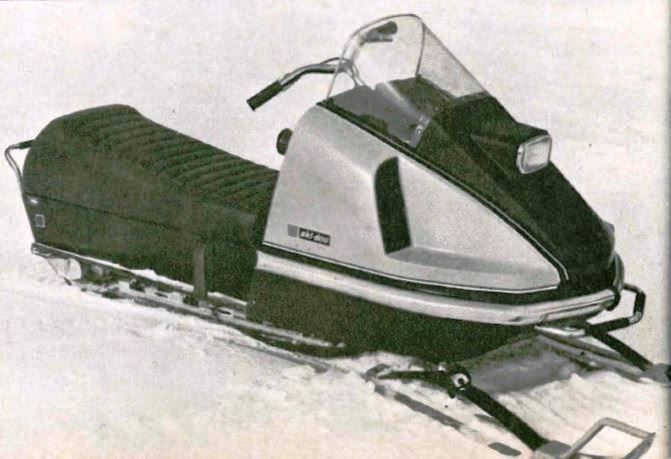
The name stood for Track ‘N Trail, but snowmobilers thought it was dynamite. It was a giant step forward for the industry by adding some sportiness and oomph to snowmobiling. The T’NT set a new standard by showing that snowmobiles didn’t have to be big and clunky and that they could be spin-the-track fun and not just over-the-snow competent. The T’NT reasserted Ski-Doo’s dominance in the sport. The sled was a tremendous commercial success. The T’NT endured and prospered for nearly a decade in various forms. Pictured is a 1971 model 440.
Sno-Jet Thunderjet, 1971
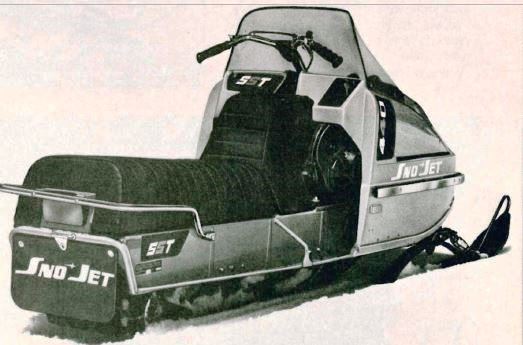
The ThunderJet set the tone for race sleds of the future and for consumer sleds of today with power-to-weight playing an important role with limited horsepower. It set the tone of where, finally, to place the engine – up front. (Many manufacturers still were building machines with mid-mounted engines.) A premium was placed on handling and agility, which is being seen today. The Thunderjet was a breakthrough in the use of lightweight materials, like aluminum, in many places where it hadn’t been used before. In its day, the Thunder Jet weighed as much as 100 pounds less than the competition, which produced quite an advantage. The ThunderJet first appeared on race tracks in 1971. The consumer version appeared shortly after in the form of the SST. Although the sleds were quite different, the same basic principles were used in building both. Pictured is a 1973 model SST.
Skiroule RTX, 1972
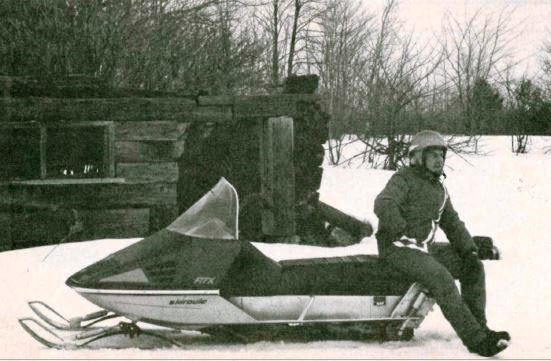
This was a definite styling breakthrough. Sweeping lines and graphics ushered in a new way of thinking when it came to putting a snowmobile together. Its design became one of the most copied in the industry. The whole sled was integrated – the lines from the front of the cowl to the end of the seat worked together as a total package. It looked like one person or a team was in charge of building the whole package, rather than one department working on the hood, another group working on the seat, etc. Pictured is the 1974 model 447.
Rupp Nitro, 1972
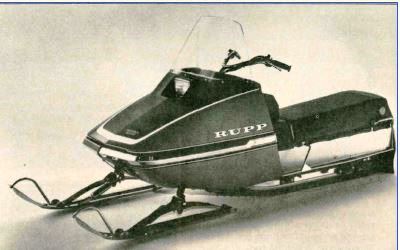
This sled was dedicated and directed at the super enthusiast. It was built with power, power and more power. The Nitro ushered in the age of the hot rod sleds. This was the sports car with muscle. It was sort of like the Camaro with the Z-28 package. And, as much as anything else, it was an image sled. And it was sold that way. The Rupp advertisements, tonguein-cheek, advised buyers to learn on someone else’s brand and buy a Rupp when you were ready for a real snowmobile. The age of the “ego sled” was born. Pictured is the 1973 model Nitro 400.
OMC Golden Ghost, 1973
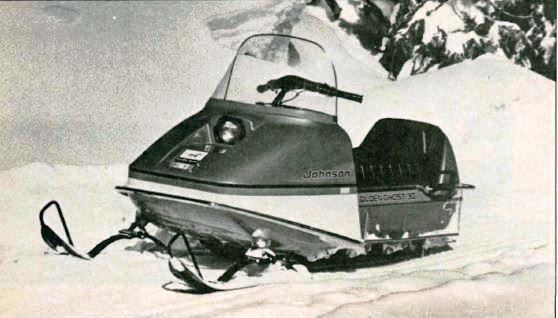
The Golden Ghost was incredibly quiet – a mere 73 decibels when many sleds were, well, shall we say, significantly louder. Outboard Marine Corp. proved that a quiet snowmobile could be built. The trade-off was at a weight premium. The Golden Ghost was a commercial flop because it didn’t go in the snow that well. Yet, it was a significant snowmobile because it directed the industry’s attention to the noise problem. The industry had been threatened with adverse legislation. The noise factor was a controversial topic that had to be tackled. This sled forced the issue. Pictured is a 197 4 model Golden Ghost.
Mercury Sno-Twister, 1974
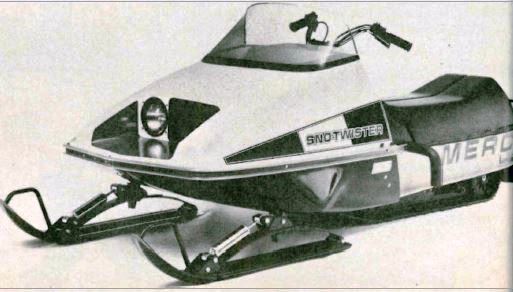
Since their inception, Mercurys were designed like, well, Mercury town cars. They were big, bulky and black. They just plain looked cumbersome. Then Stan Hayes was put to work on a race project and Mercury snowmobiles changed forever. The “Twisters” were smallish with white hoods and boasted quick, snappy performance. The S/T was compact, nimble and fast. It seemed to combine and refine all the good thoughts that made the T’NTs, Nitros and Thunder Jets successful. It led the way for the development of such lake rockets as the SRX – lotsa motor and a minimum of chassis.
Yamaha Enticer, 1977
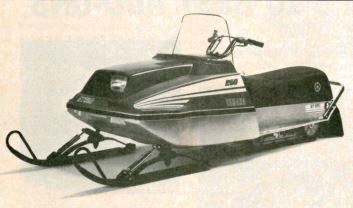
When Mel Calloway told assembled Yamaha dealers that he had a breakthrough sled, their mouths watered for a racing rocket. When he unveiled the little, non-intimidating ET, they scoffed. And the competition chuckled. Was this some kind of joke? A small, economical, entry-level sled was supposed to be a breakthrough? Well, its suggested retail was $1,049, which meant dealers could put it on sale at less than $1,000. It had “big sled” features like oil injection, CDI, disc brake. Mechanically, it was trouble free. And, indeed, it was non-intimidating. For those who wanted to snowmobile but didn’t especially want to tinker, it was a great hit. Yamaha has since sold countless thousands of Enticers. Remember, they laughed at Edgar’s Iron Dogs too.
Polaris TX-L Indy, 1980

Polaris built this sled to win the Winnipeg cross country race, where competing sleds were, for the most part, stockers. The Indy featured a great IFS. But the sled had much more going for it than just its IFS. It proved to be an incredible combination of the right motor, the right clutching, the right suspensions (front AND rear) and it was offered at the right time. The Indy dominated cross country racing like no sled before and perhaps no sled ever will again. The most telling attribute of the Indy was that not just a factory driver could win with it. Dozens of John Doe independents bought them and won with them.
Yamaha Phazer, 1984
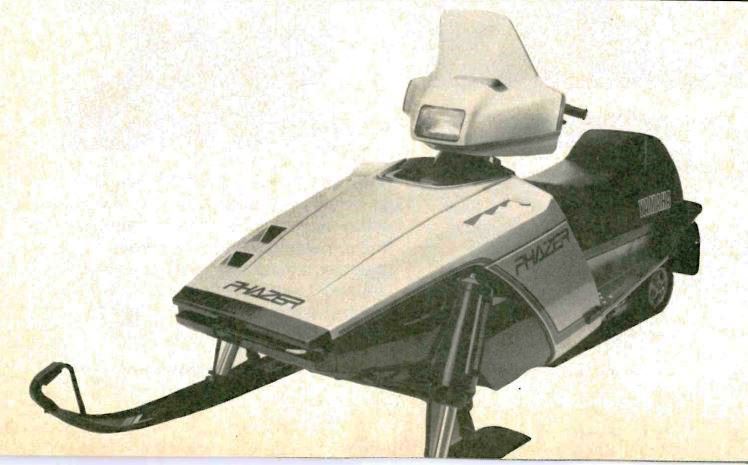
This sled redirects attention to powerto-weight ratios. Where the Indy was a breakthrough with its sophisticated, long travel front and rear, the Phazer is a breakthrough in that it offers the new, hightech suspensions (independent front and long-travel rear) at a relatively modest weight. The Phazer also redirects thinking about a snowmobile’s styling with its mini-fairing and pivoting headlight. Finally, the tapered tunnel/running boards on the Phazer, combined with its relative light weight, make it a great machine in the snow – especially out West.
Editor’s Note: Every Snow Goer issue includes in-depth sled reports and comparisons, aftermarket gear and accessories reviews, riding destination articles, do-it-yourself repair information, snowmobile technology and more. Subscribe to Snow Goer now to receive print and/or digital issues.

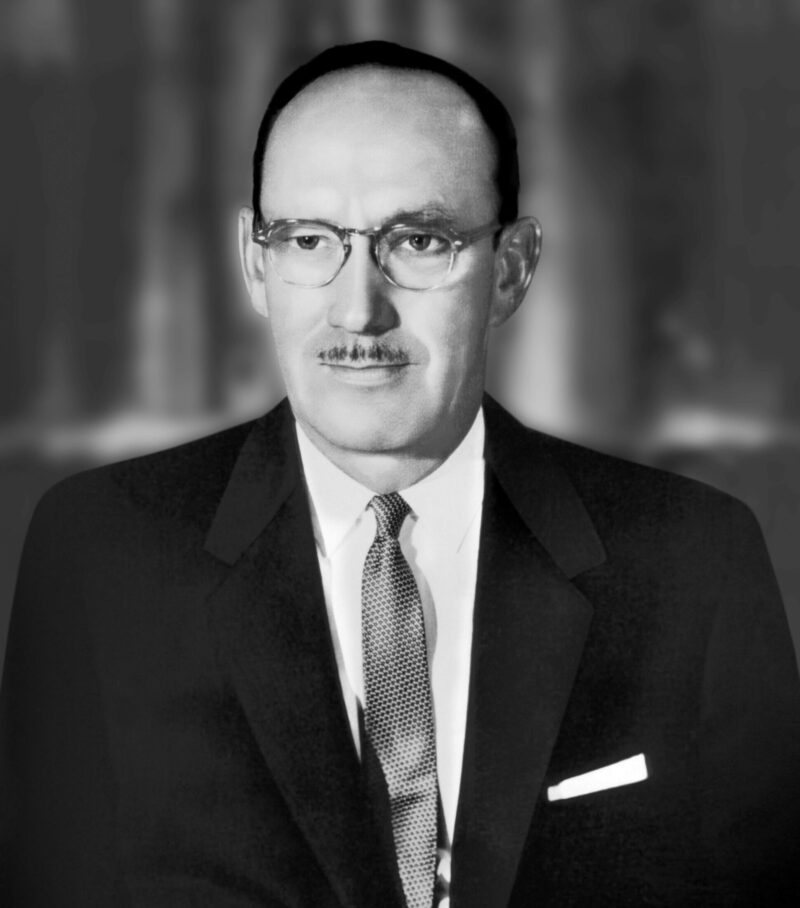

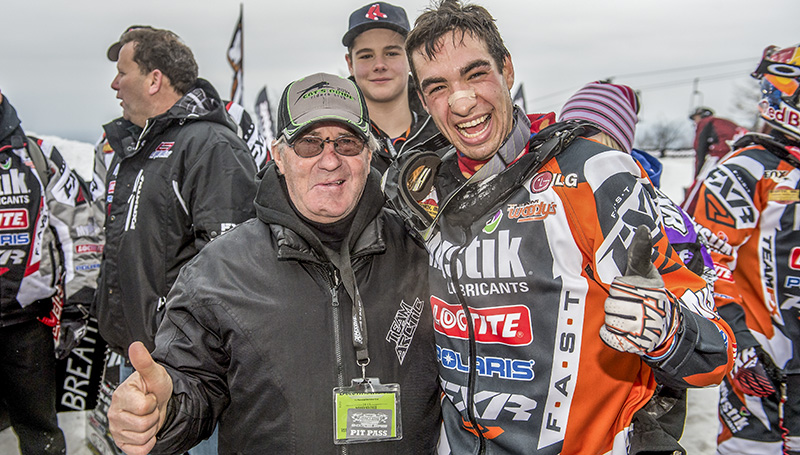
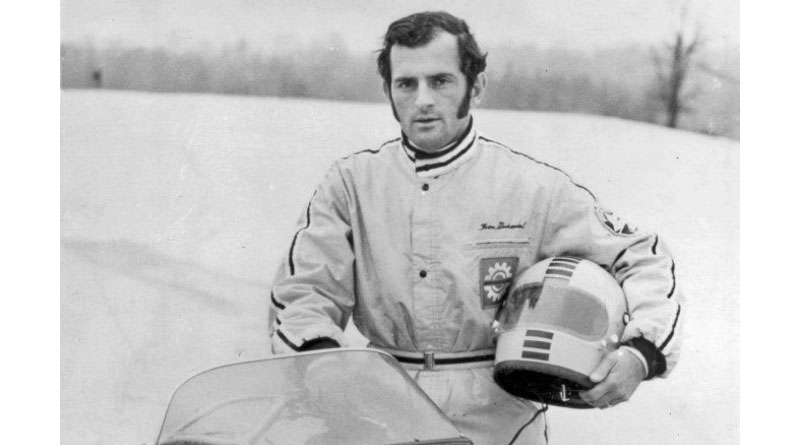
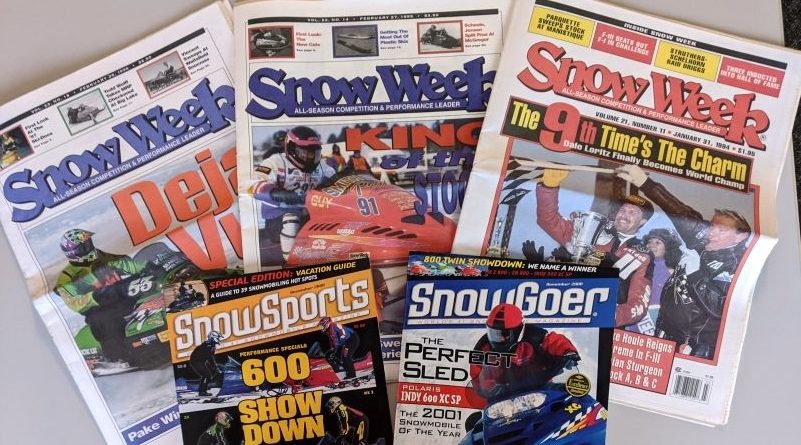
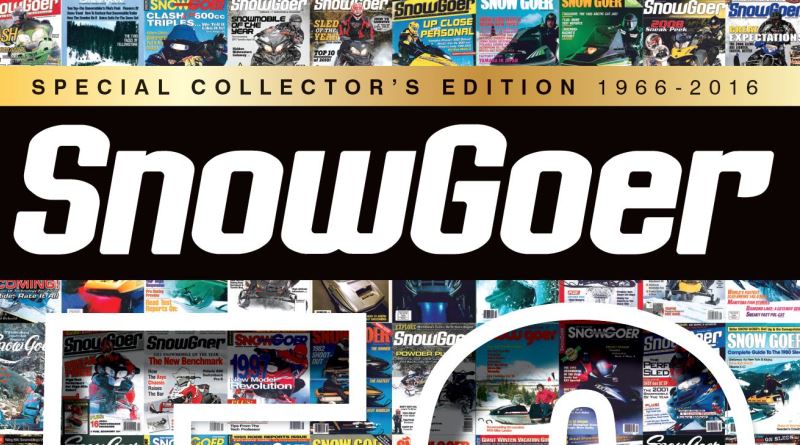
Golden Gate engineer, Ted Leland, made a “snowmachine” that had seating area in the front, which he drove with a steering wheel in the center that was articulated in the middle and driven by a four-stroke 25 horse motor located in the rear and drove a leather/metal track that pushed the unit forward. I used to ride in it with him in the mid-60’s to early 70’s just as conventional snowmobiles (mostly Bombardier/Ski-Doo’s) arrived onto the scene. He primarily operated his snowmachine on the Gold Lake Road just east of Sierra City, CA. As I grew older and left home, I lost touch with Ted, who already was in his 70’s. I continue to wonder what ever happened to his snowmachine.
Ted and his wife lived in Sacramento, CA.
Thanks for sharing a great memory! It’d be great if you could find some old pictures 📸 if you could, those early utilitarian sleds were a marvel of engineering..from Wyoming USA 🇺🇸 👋🤠